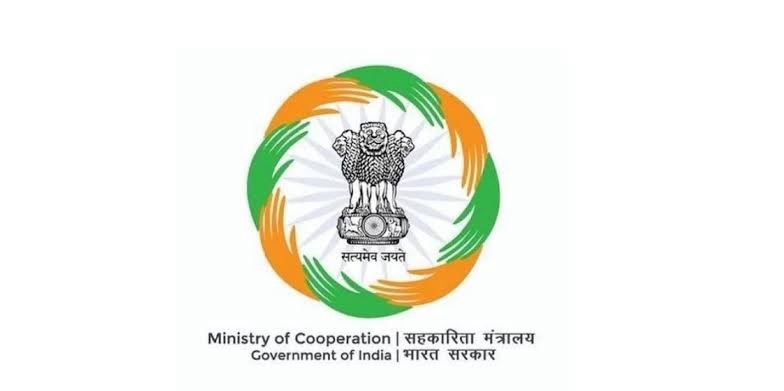Introduction: A Renewed Vision for Cooperatives
The Union Ministry of Cooperation has unveiled the National Cooperation Policy – 2025, representing a landmark reform in India’s cooperative movement. Coming after the first policy introduced in 2002, this updated policy reflects the government’s renewed commitment to making cooperatives more inclusive, competitive, and future-ready, aligning them with the national vision of Aatmanirbhar Bharat.
Core Pillars and Key Objectives
The policy is built on six major pillars:
Strengthening the Foundation Promoting Vibrancy Preparing Cooperatives for the Future Enhancing Inclusivity and Expanding Reach Expanding into New Sectors Preparing the Younger Generation
Its ambitious goals include tripling the cooperative sector’s GDP contribution by 2034, expanding the number of cooperative societies by 30% (from the current 8.3 lakh), and activating 50 crore new or inactive participants. The policy also aims to establish a cooperative in every village and five Model Cooperative Villages (MCVs) per tehsil, with support from NABARD, along with PACS in every panchayat.
What are Cooperatives?
Cooperatives are member-owned and democratically managed organizations that function on the principle of “one member, one vote.” Their primary goal is not profit maximization but the fulfillment of the economic, cultural, and social needs of their members. They play a critical role in providing collective bargaining power, especially to marginal groups like farmers, artisans, and women.
Economic Backbone and Rural Empowerment
Cooperatives are central to India’s rural economy. Over 65% of Indians live in rural areas where cooperatives provide crucial services such as credit, marketing, infrastructure, and inputs. PACS serve as the first point of credit delivery in rural regions. Successful cooperative models like Amul have empowered millions of small and marginal dairy farmers by eliminating middlemen and pooling resources.
Constitutional Backing: 97th Amendment Act, 2011
The 97th Constitutional Amendment gave a constitutional status to cooperative societies. It made the right to form cooperatives a fundamental right under Article 19, inserted Article 43-B as a Directive Principle for promotion of cooperatives, and introduced Part IX-B (Articles 243-ZH to 243-ZT) to govern their structure and regulation. This amendment empowers both Parliament and State Legislatures to legislate on cooperatives depending on their jurisdiction.
Recent Government Initiatives
Several initiatives have been launched to revitalize the cooperative ecosystem. These include the establishment of Tribhuvan Sahkari University in Gujarat, creation of Model Cooperative Villages by NABARD, and forming multi-state cooperative societies for exports, seed production, and organic product marketing. Innovative projects like Sahkar Taxi promote equitable profit-sharing. Scheduled Cooperative Banks are now treated at par with commercial banks, and PACS are being diversified into services like Jan Aushadhi Kendras, fuel and LPG delivery, and rural logistics.
Conclusion: Towards Aatmanirbhar Bharat by 2047
The National Cooperation Policy – 2025 is a visionary roadmap to transform cooperatives into key engines of inclusive and sustainable development. By empowering rural populations and integrating cooperatives with national goals, the policy aligns with the vision of a self-reliant India, especially as the country nears its 100th year of independence in 2047.











